In October 2017, I spent the day with my friend the writer Hiromi Goto hiking through the Pacific Spirit Regional Park, a network of trails in more than 750 hectares of forest. Our focus was an area of reclaimed peat and marshland known as Camosun Bog, the traditional territory of the Musqueam people.
We hiked with moss, lichen, and mushrooms in mind. Knowing my tendency to cast my eyes upward in search of local birds, Hiromi thought it might be interesting to acquaint me with the forest floor. It was rainy and cool. The bushes and grass glistened. The soft hummocks sparkled as if they had been fertilized with a magic elixir from My Neighbour Totoro. We walked through mist and shades of green, inhaling the smell of peat, hemlock, and cedar. The downpour had revived the park’s undulating surface, but the effects of recent weather aberrations on the deeper landscape came alive for me as we walked farther. The waterbed was still dry from a summer of drought: the lichen bleached, the river and bog thirsty for winter’s heavy rains.
Nothing is too small to matter to Hiromi. For several years, she has been using Instagram and Twitter to chronicle her encounters with the less visible species of animals and plants she finds around Vancouver. From the moment we arrived, I experienced the woods through her telescopic eyes—zooming in past thresholds of ordinary attention. Bog laurel, sticky sundew, Labrador tea, hemlock cones. Patches of tiny-toothed green moss. Yellow moss with hair-like tufts. We walked with eyes tuned to the minute and evanescent. We crouched and met the forest’s micro-landscapes, the anteworld thrumming before and below the city. Beneath the obvious mise en scène, we limned hidden vignettes—in one instance, a world of slugs under a freshly rolled log. It was the closest I had ever come to an insect’s compound-eye view and the lysergic feeling of experiencing the world in hyper-focused panorama.
As we continued walking, the bog gave way to deeper growth, the trees steep and sky-grazing. The earth in the distance looked grey and then dark blue and then dun brown. The mist dissipated.
A fox sparrow flitted through a leaf pile. Hiromi introduced me to brick-coloured milkcaps and fragile brittlegills with dark-purplish caps under the pines. “Ah, the mushroom people,” she said in greeting.
In Hiromi’s world, plants are people. Insects are people. The organic muck is alive with kin. The late Ursula K. Le Guin once wrote of relearning how to be in the world, discovering that “one way to stop seeing trees, or rivers, or hills, only as ‘natural resources,’ is to class them as fellow beings—kinfolk.” Like Le Guin, Hiromi is a fantasy writer who believes in “subjectifying” the universe through her stories, not as an act of anthropomorphism but because “objectifying” the world has led to nowhere good. “To subjectify is not necessarily to co-opt, colonize, exploit,” writes Le Guin. “Rather it may involve a great reach outward of the mind and imagination.”
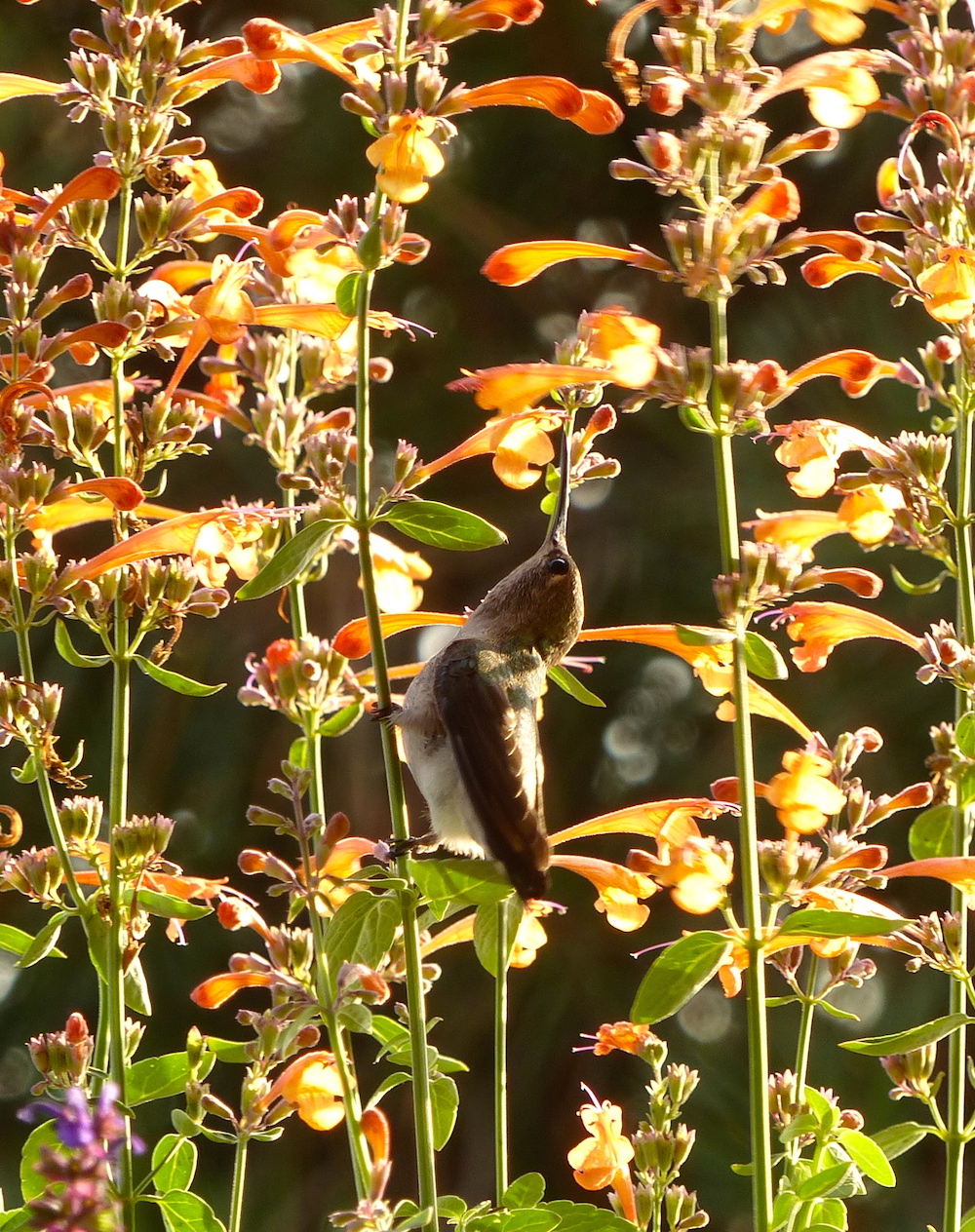
Hiromi’s “peopling” of the forest is an extension of her wide-kin philosophy and a tacit recognition of how vital personhood is to our assessment of what comprises a life of value. Hers is a worldview simultaneously informed by a commitment to Indigenous teachings, queer ecocentric ethics, Japanese-inflected animistic thought, and efforts to decentre the human. The resulting vision of community she has embraced is effortless and inspiring. As a writer, I still struggle with imagining the sentience of other creatures. The problem of how to encounter “nature”—the other, the often unseen or glossed-over matter of the world—is pressing; the stakes of not trying are too high. But how to depict life that cannot speak to us? How might we relate to the liveliness of other creatures in terms more than human?
I was surprised and moved by Hiromi’s offhand way of greeting her forest relations and by the luminosity she found in the shadows of a fragile urban wilderness. I did not know this landscape, had no baseline against which to compare it to the previous year or the year before, no way to register the profundity of changes, but she did.
My walk with Hiromi offered a practice of regard. The pointillist quality of her attention means she is alert to shifting ecological baselines. I have wondered about the cost of being so alert. In her ways of knowing herself as vigorously connected to the broader living world, she is deeply and wilfully misaligned from mainstream North American culture—refusing, for instance, the settler state’s norms of individualism and atomized belonging. This misalignment has disposed her to joy but also to contemplation and mourning. It has created an emotional framework for confronting the intimate stakes of climate change.
As a particularizer, Hiromi is also committed to naming. As we walked, she named the creatures we saw scurrying on the earth, flying in the air. The forest thickened with words for particular things. The names were portals and invocations. I was reminded of Robert Macfarlane’s commitment to wild words—gathered not as a means of reifying the nominal but as a way of extending vision and care. The problem with shifting-baseline syndrome Macfarlane writes, is that it “flattens out the losses; each generation grows into ease with its new normal for nature.” Particularizing love, particularizing grief, makes the living world more faceted, dimensional, and, consequently, more grievable. The small and fleeting can only be seen through a particularizing lens. Microbodies cannot survive in abstracted visual registers (such as “the planet” or “the land”), cannot subsist in representational fields (such as “climate change”), which focus on the epic and large.
Of course, a preoccupation with labelling the world risks flattening things in a different way—not least by oversimplifying the unsettling swerve and story of places that cannot be fixed or condensed. Tagging nature is the first step toward staking a human-centred or colonial claim over the land. As Macfarlane admits, “Nature does not name itself. Granite does not self-identify as igneous. Light has no grammar. Language is always late for its subject.” But words are also doorways; the more specific the word, the more likely we are to open onto the unfamiliar and unexpected, the overlooked and even imperceptible.
I would suggest that the best naming efforts are less nostalgic in disposition than promissory. Promissory in the sense of full of promise and gesturing toward more to come. Promissory as a pledge to the intimacy of future meetings, further encounters and knowings (past and present)—more singular mushrooms and moss cared for, more care via the light of a decolonial attention that seeks to learn the local Indigenous names for plants and animals. Simply put, these words and the granular courtesy they represent offer hope of sustaining attachments to intricate lifeworlds. In the words of Billy-Ray Belcourt, “Words are worldly; not just in the sense that they proliferate and float up into the sky and become cloud-like. Words world too.”
To engage in what philosopher Isabelle Stengers calls the “humble but difficult art” of noticing, “grandiose guilt will not do.” Some days when I go out walking, it still seems I don’t know what anything is, not precisely, not with my sieve-like memory for details, but I keep trying—even when the nature guidebooks baffle me. Noticing is a gateway to knowing, and knowing is a gateway to intimacy and, possibly, to love. For the past four years, I have been trying to engage in this “humble but difficult art” of noticing within the boundaries of Toronto (or Tkaranto) by learning about local and migratory birds, plants, and trees, in the company of city foragers, citizen scientists, and rewilders. I have been slowly and clumsily developing a language that reveals and unlocks a relationship to the city, to its occupied and reclaimed landscapes, to its multi-species inhabitants.
This learning is not about lexical mastery or pinning down the world in a Linnaean manner. I have felt no triumph in knowing more, in learning, for instance, the names loggerhead shrike or Kirtland’s warbler. If anything, these words have given me a firmer grasp on what’s under threat as planetary ecologies alter beyond repair, and thus given me a greater sense of sadness. A term that will forever haunt me is extinction debt—the future die-off of a species that is guaranteed as a result of past events and changes (e.g., ecosystem collapse, habitat destruction).
A practice of regard, I have come to see, is a precursor to care—not top-down, “steward of the earth” care but, rather, care that thrusts us into the mosh pit of relational coexistence and care that challenges the telos of our good intentions.
In Hiromi’s micro-tellings, I see the narrative limits of the stories we have inherited, stories that have tended to speak in all-encompassing mega-units and apocalyptic frames, stories that have flowed on questionable undercurrents of nostalgia, dread, elegy, and colonial erasure. She invites us, instead, to turn to a visual and narrative terrain shaped by the close and careful observation of life that typically passes unnoticed. The granular becomes a powerful way of testifying to a disrupted and altering ecology. The depiction of everyday rhythms and land intimacies magnifies the slow and micro-scale changes the wild, compound planet is experiencing. It is a way of understanding love, personhood, and grief beyond the anthropomorphic now.
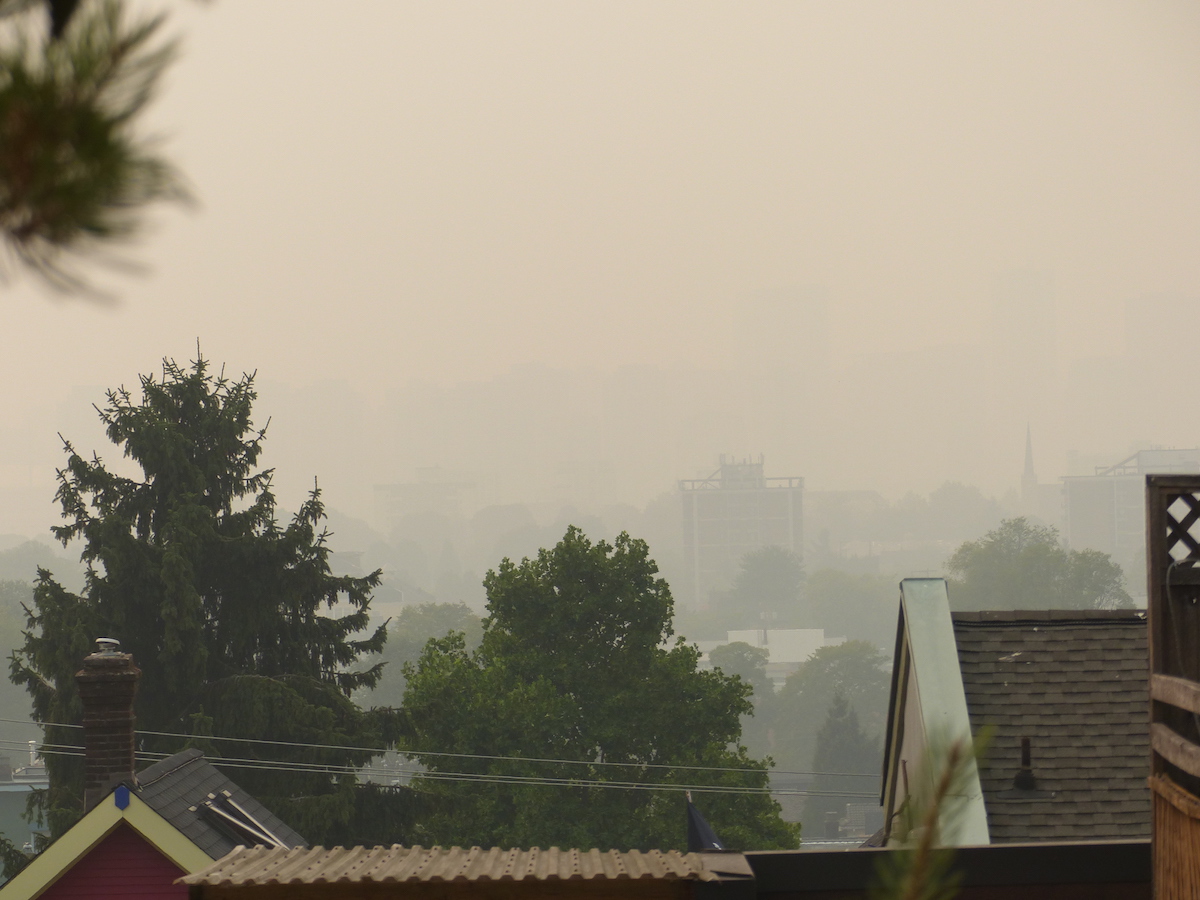
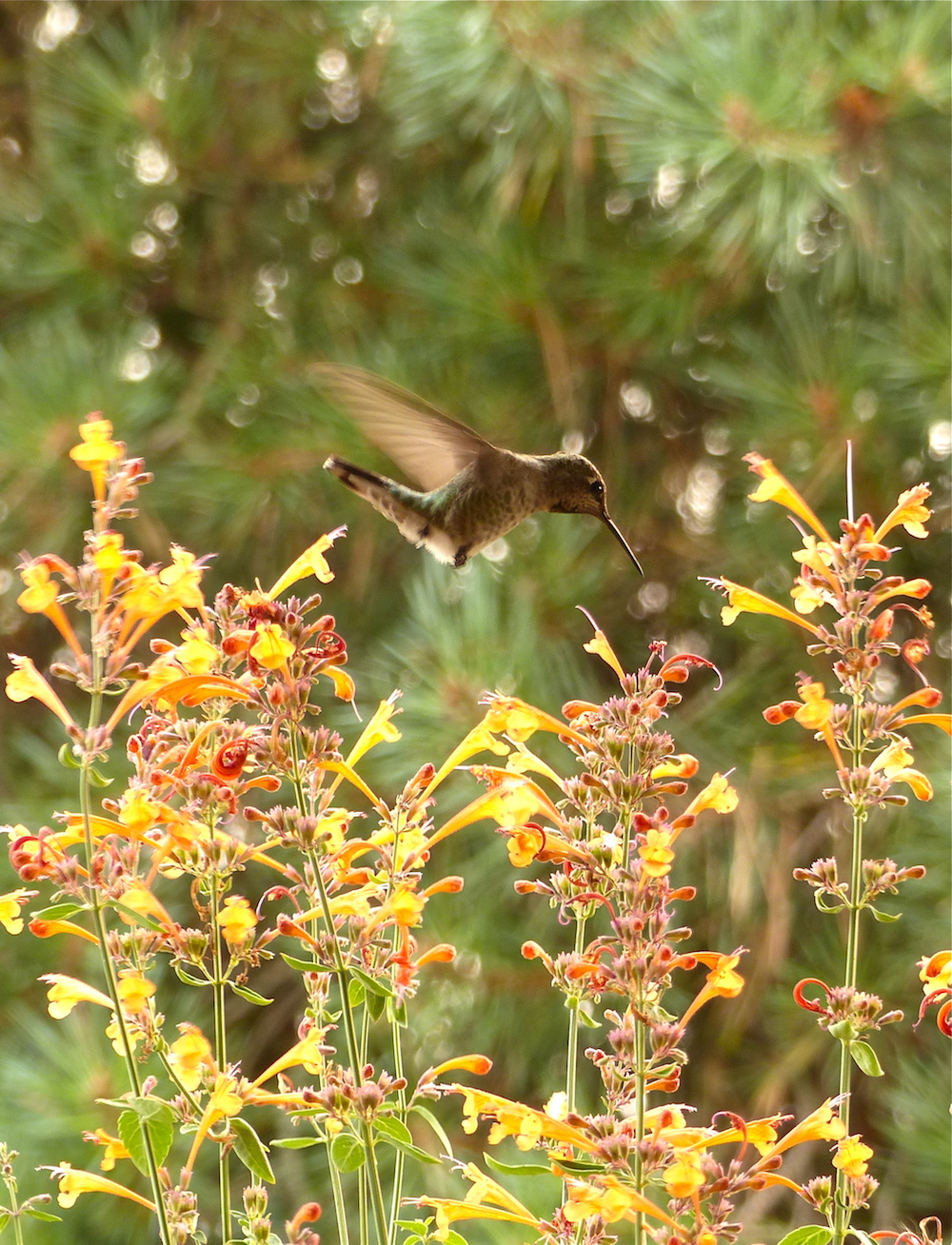
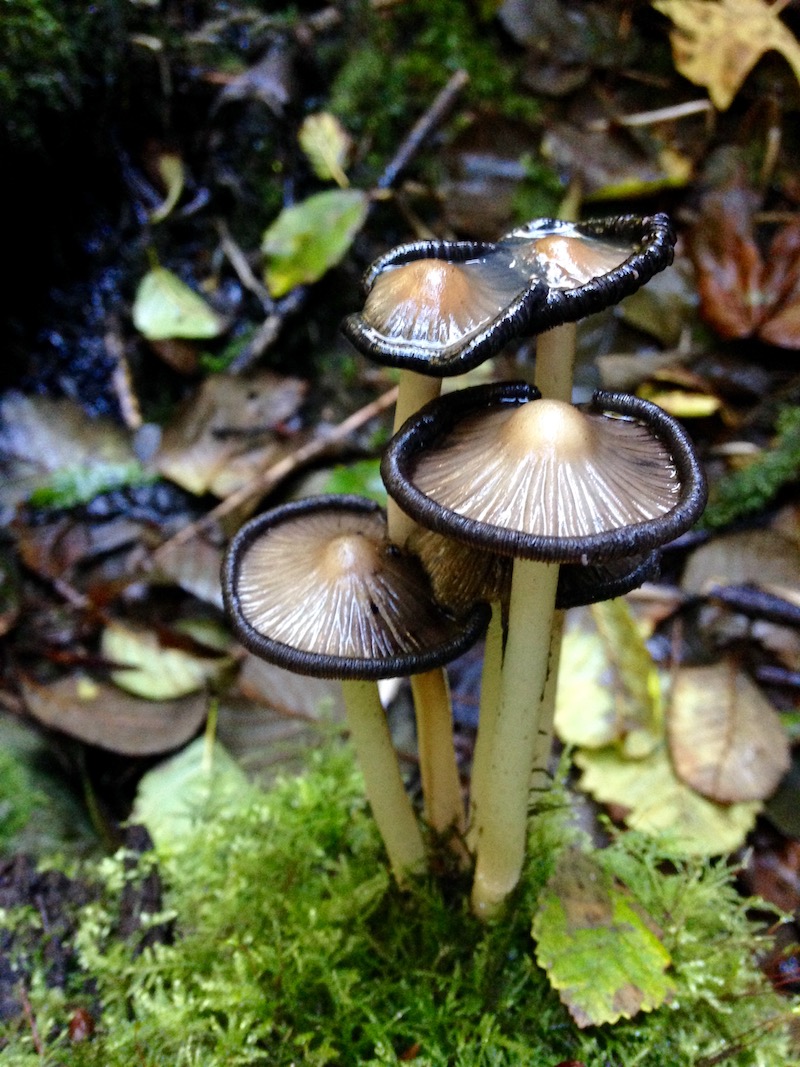
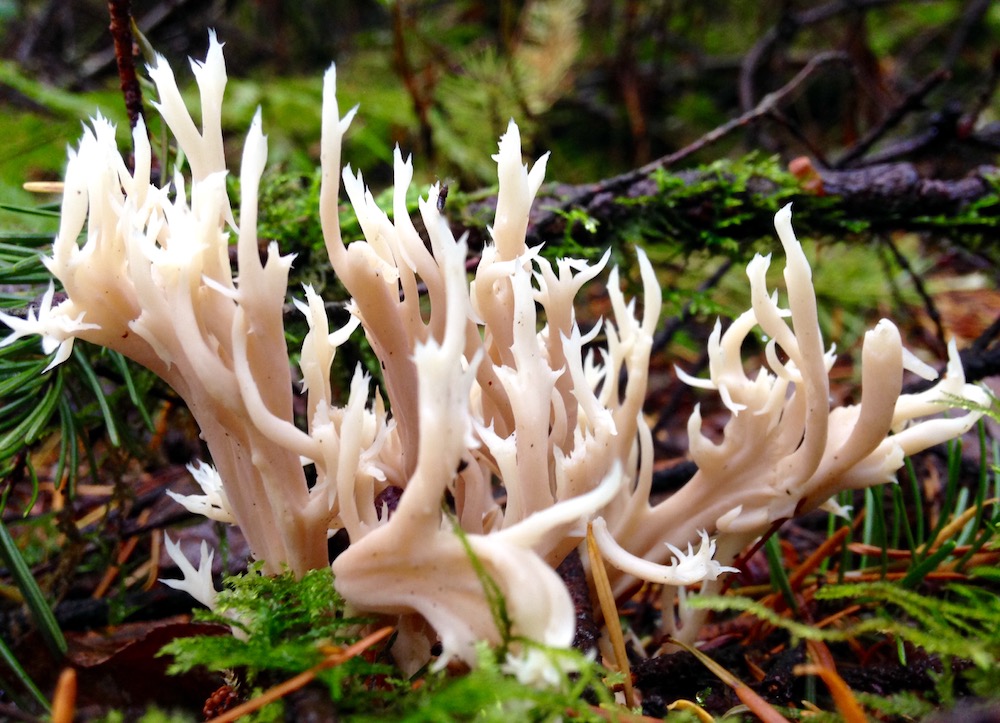

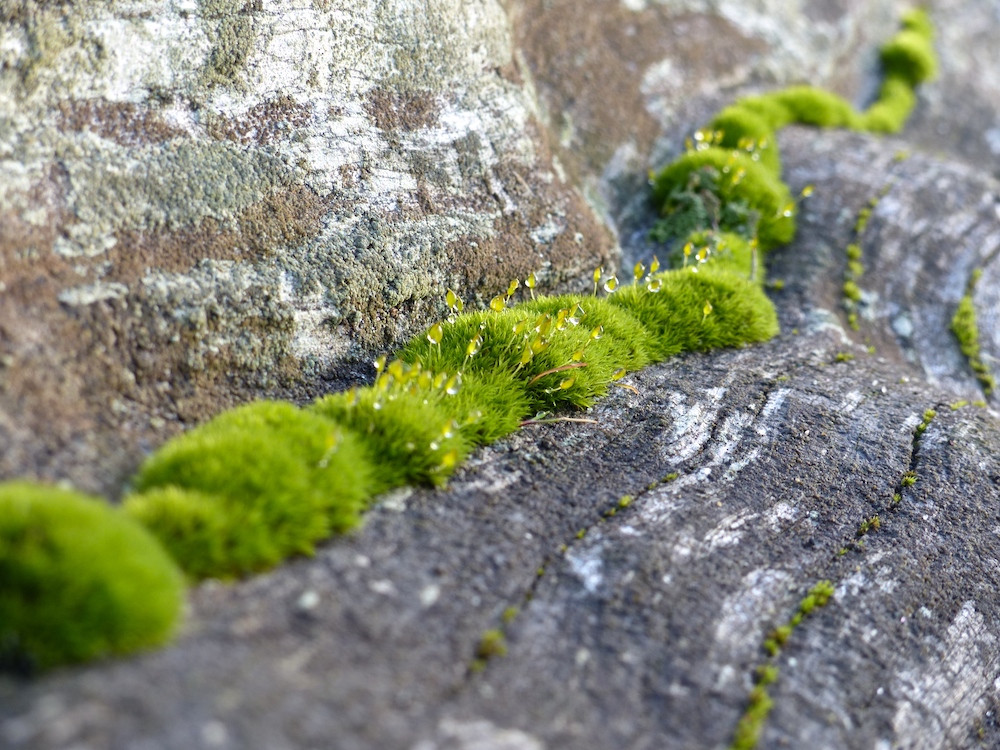
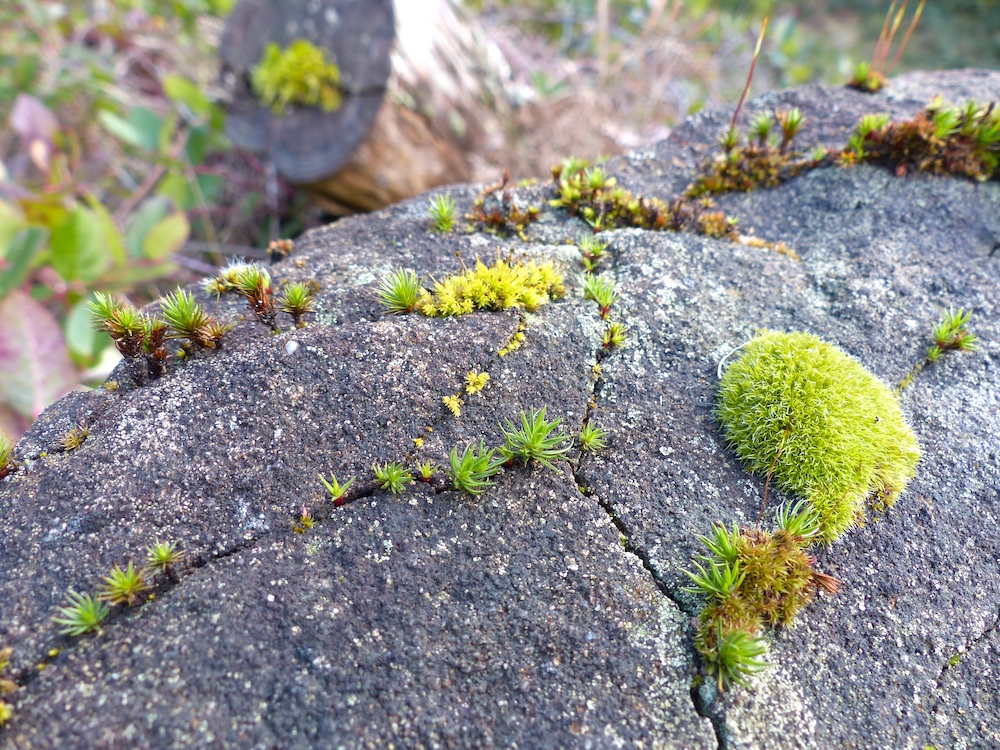

Kyo Maclear is an essayist, novelist, and children’s author. Her short fiction, essays, and art criticism have appeared in Brick, Border Crossings, Prefix Photo, Resilience, the Guardian, Uppercase, Quill & Quire, the Globe and Mail, and other publications. She is the author of Birds Art Life.
